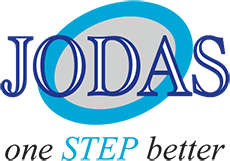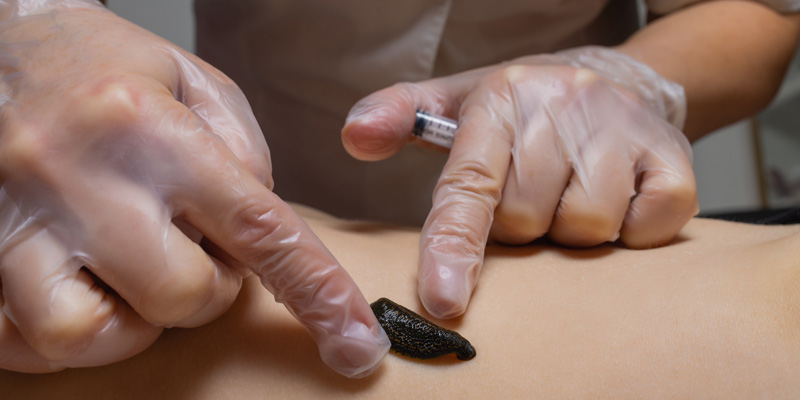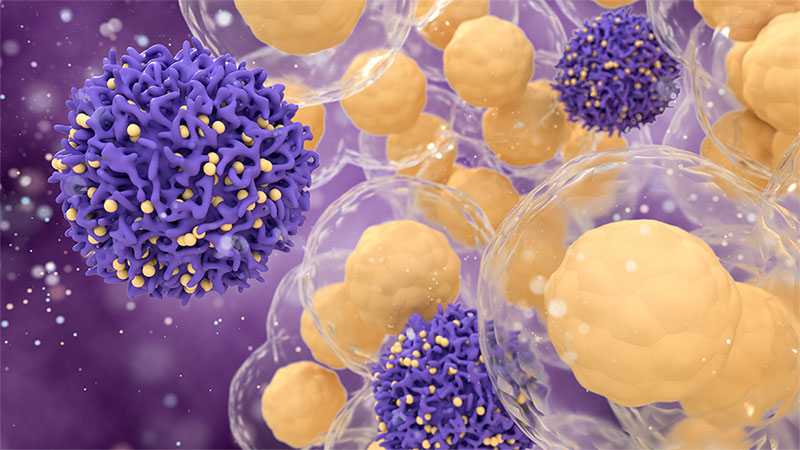
Constant emergence of new gene therapies as well as refinement of the existing ones changes the global landscape of the cell and gene therapies clinical trials, where the US, China, and Europe are leading in respect of the number of trials conducted. As per Global Data, China showed 15% faster growth in cell and gene therapy clinical trials making the Asia-Pacific region contributes for one-third of the trial activities. As a result, the Asia Pacific region is witnessing 50% faster growth than the rest of the world (ROW). Asia Pacific region leads globally in terms of CAR-T cell gene therapy clinical trials for the time period 2015-2022 since China alone conducted ~60% of all CAR-T trials. Till April 2022, there are 19 approved gene therapies, 17 RNA-approved therapies while 56 non-genetically modified approved cell therapies (Figure 1). Details of the approved location of the clinical trials of gene therapies and RNA therapies drug product are provided in Table No.1 and Table No. 2 respectively, which presents a bird’s-eye view of the landscape of the clinical trials of the approved gene and RNA therapies.






